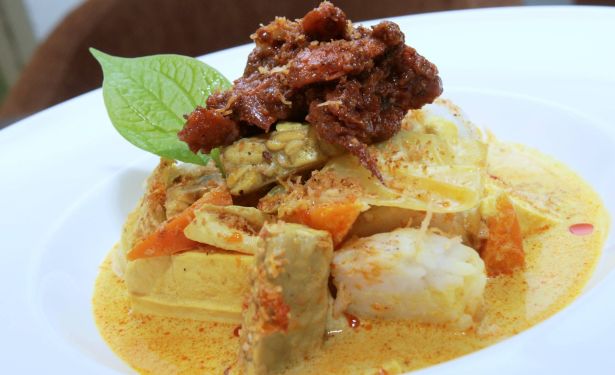Recipe Description
When President Dwight Eisenhower visited Queen Elizabeth at Balmoral Castle near Edinburgh in 1959, he was entertained with a barbecue where he was served drop scones. It was supposedly prepared by the queen herself with a family recipe, which she later enclosed to the president in a letter and now resides in the National Archives of the United States. You can see the facsimile of the actual recipe at https://www.archives.gov/press/press-releases/2011/nr11-116.html.
If you’ve ever baked scones before, you’ll understand why many people fear this finicky confectionery. You must not overwork the dough or it will become tough; underworked and it will be too crumbly; overbaked and it will become dry; underbaked and it will not rise fully.
However, drop scones are more forgiving because it is more like making pancakes in a frying pan. In fact, they are also known as Scotch pancakes, and are quite popular throughout Scotland.
The first time I made drop scones was when I was taught in school, and I remember how unlike scones they were. The batter was quite runny and the scones were only about half a centimetre thick, nothing like the scones we get at Cameron Highlands.
However, this recipe from Queen Elizabeth does produce drop scones that more resemble the baked scones that we know. Its stiff batter holds itself up when fried in the pan and it’s a joy to watch them rise when you flip them over.
The rising is attributed to baking powder, a English invention that gave rise to many British confectionery. Although the original recipe calls for 2 teaspoons of baking soda and 3 teaspoons of cream of tartar, you may substitute with 5 teaspoons, or 40 grams, of double acting baking powder.
I like to keep each dollop of batter quite small, so a tablespoon of batter is enough to give you scones of about 5 centimetres in diameter. The finished drop scone will only rise to about 2 centimetres in height so don’t expect scones that you can split across the middle, although there will be a noticeable crack between the tops and bottoms of the pancakes.
You may eat it as a teatime treat with clotted cream or butter with strawberry jam just like baked scones. Or you may try a more savoury alternative by topping it with sour cream and caviar, a decadent option that is evocative of Russian caviar pancakes.
This recipe first appeared in The Star Online > Food
Recipe Ingredient
- Batter:
- 400g all-purpose flour
- 40g double acting baking powder
- 50g castor sugar
- ¼ tsp salt
- 1½ cups whole milk
- 2 eggs
- 25g melted butter
- cooking oil for frying
- Topping:
- 250g sour cream
- 50g caviar
- grated lemon zest
Instructions
- Sift together flour, baking powder, sugar and salt in a large bowl.
- Make a well in the middle of the flour and pour in the milk. Add eggs and melted butter, and whisk together until combined.
- Heat a non-stick frying pan on medium heat. Brush the pan with a little cooking oil.
- Drop tablespoonfuls of batter on the frying pan to form pancakes. When bubbles start to appear on the surface after about 2 minutes, flip the pancakes over and cook for another minute or two until lightly browned.
- Remove from the pan and cover with a tea towel to keep warm while you cook the rest of the drop scones.
- Drop scones are usually eaten with clotted cream and strawberry jam. But as a savoury alternative, top with one teaspoon of sour cream and half a teaspoon of caviar garnished with lemon zest for scones with a hint of decadence.









